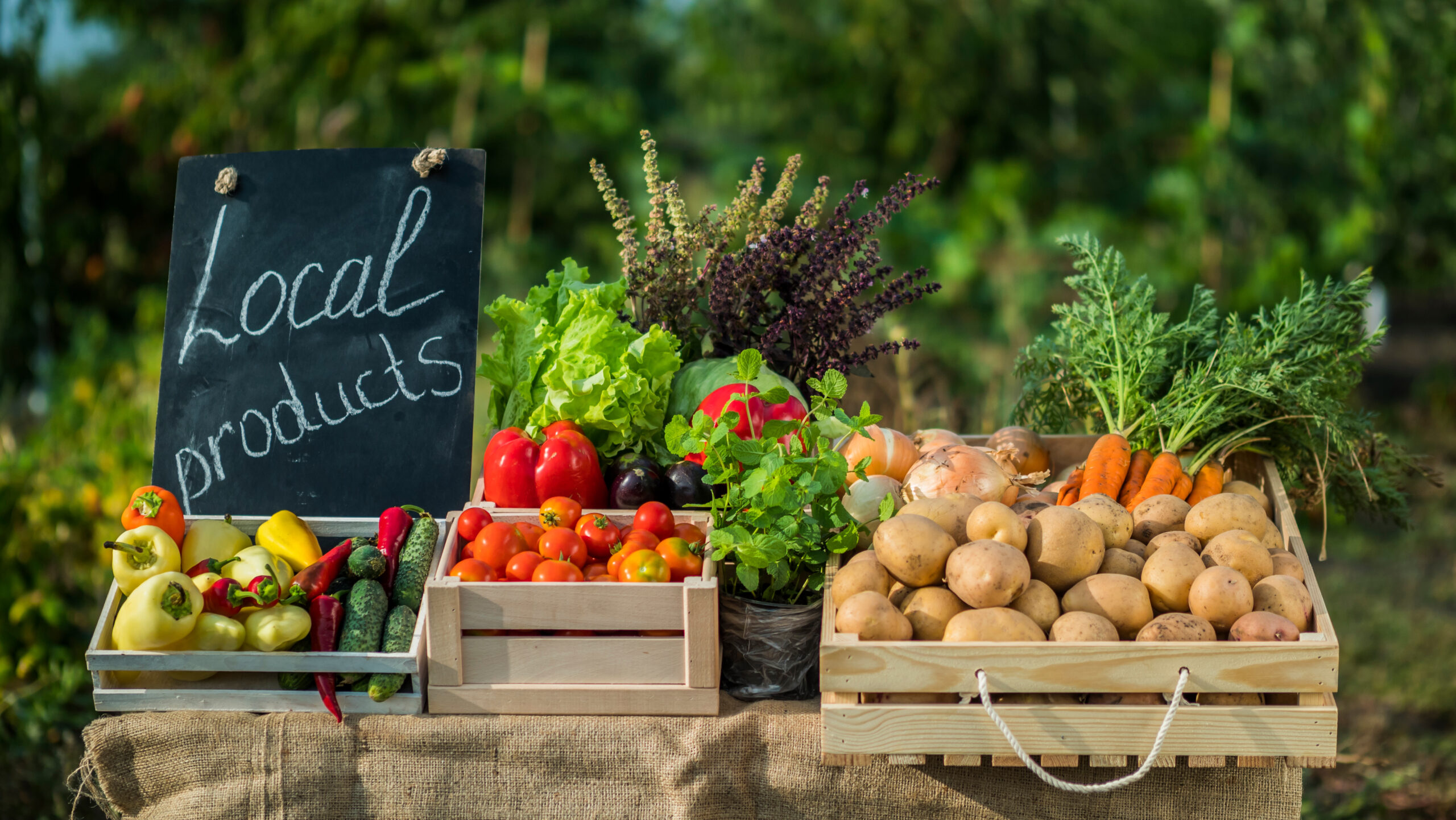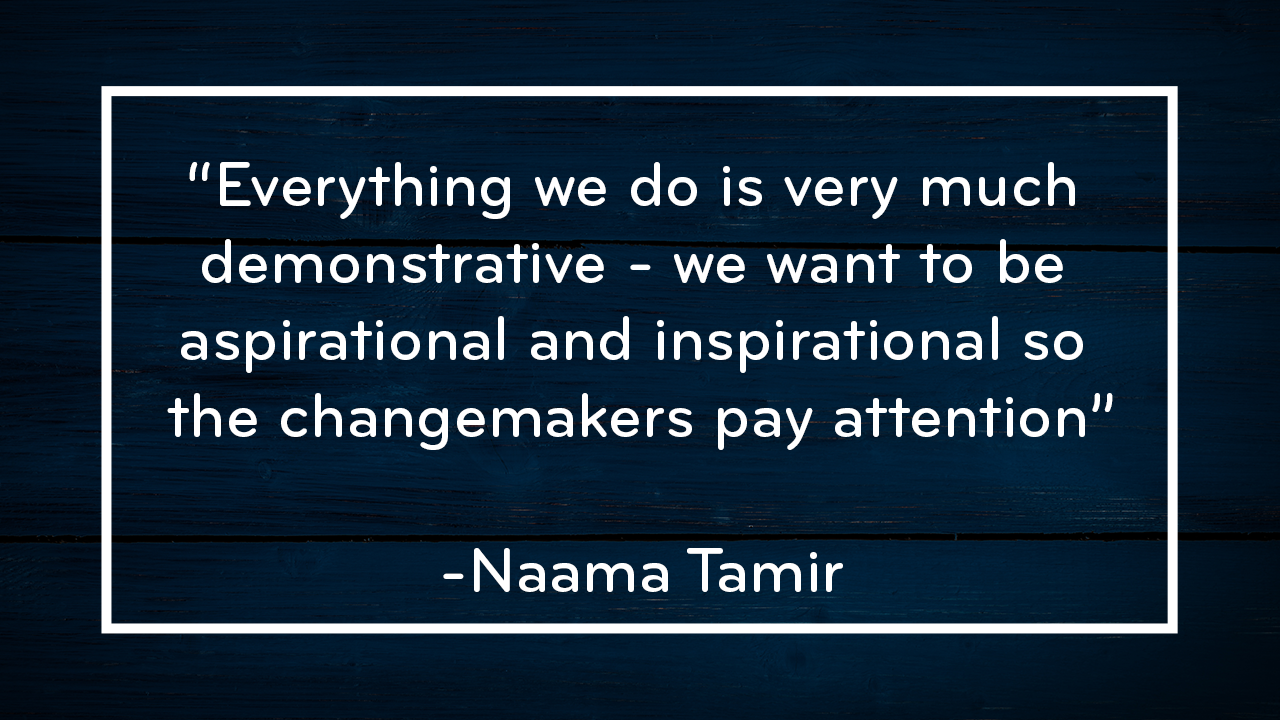
While ditching straws is a great place to start, there’s a whole lot more that goes into making a bar environment eco-friendly. With Earth Day set for Saturday, April 22, we thought it was a great time to chat with some of the hospitality industry’s foremost authorities on sustainability, the bar business and how to best blend the two together.

“There are a few pillars in sustainability – water, waste, energy use, labor – it’s about using resources in the smartest way possible,” said Naama Tamir, who owns Lighthouse Brooklyn, an eatery known for its sustainable business practices and local and ethical sourcing methods.
A longtime hospitality industry vet, Naama’s eco-friendly efforts have earned widespread acclaim, including a profile in The New Yorker and a Snailblazer Award from Slow Food NYC. She says sustainable business practices start with responsible sourcing, but that it goes beyond that to include everything from glassware to water waste.
“Different places have different sustainability practices, but it’s really about being mindful when it comes to energy, water use, what’s in season, how far ingredients have to travel…you have to think about the long-term, as opposed to ease or convenience,” Naama said.
She noted that because she and her small business can only move the needle so much, she makes a point to be demonstrative through her efforts so that other businesses might follow suit.
It’s an effort Kelsey Ramage, the founder of Trash Collective, a spirits industry consulting service and educational resource, can certainly understand. Kelsey launched Trash Collective in 2016 to get people talking and thinking about how to incorporate more environmentally friendly practices into the bar business.
Kelsey, who grew up composting and recycling on a small farm in Canada, became invested in making businesses more sustainable after moving to London and seeing just how different the city’s efforts were than those she practiced during childhood.
“What we wanted to do is help start the conversation and create more of a community dedicated toward bringing sustainability to the bar industry,” Kelsey said. She also echoed Naama’s sentiments about sustainability starting with sourcing.

“Look at where your ingredients are sourced, especially from a menu-development standpoint,” she said. “And look for small farms that grow multiple crops, not just one.”
Farms that grow more than one crop tend to lose less product due to waste and disease. They also tend to use fewer pesticides. Multi-crop farms promote increased biodiversity, and as such are less susceptible to disease and pests. Naama noted that, at her own eatery, they plan their entire menu over what ingredients are available locally each season, and that they strive to make use of every part of each product they use.

Take citrus fruit, for example. When used in drinks or jams, it doesn’t matter what the fruit looks like, so consider using “misfit” products or ugly fruits that would likely otherwise go to waste. There are also inventive ways to use citrus fruit peels, while other, non-citrus fruits are fermentable, extending their shelf life even further. Some food products, such as beet skins, can even make dyes, creating additional opportunities for reuse.
Bars can also swap out traditional sweeteners for local versions, like honey, and build their menus around spices, herbs and other products that are readily available within the area. While seasonal challenges may make it hard to find certain ingredients, Naama advocates for using substitutes, such as vinegars or tart berries, as alternatives to citrus.

Both Naama and Kelsey encourage bars to support small, local farms and businesses whenever possible, and Kelsey also recommends sourcing liquor from local distilleries that have their own sustainability practices in place. Distillers don’t face the same strict regulations as food suppliers, making it particularly important to support those that do put forth the effort.
Both Kelsey and Naama also encourage bar and restaurant owners to compost and help control water waste in their establishments. For instance, rather than “burning” ice wells, or using hot water to melt ice more quickly, Kelsey recommends simply throwing the ice in a suitable area outside to melt on its own (if such an area exists.
There are also eco-friendly efforts bars can make when it comes to glassware and garnishes. In addition to investing in quality items that are more likely to last, bars may be able to file down or otherwise repair small chips in glasses, rather than tossing them straight in the trash. When it comes to garnishes, bar owners and bartenders might ask themselves how much is truly necessary and whether a garnish actually makes sense for a given drink before using one.
In sharing their own eco-friendly practices and procedures, Kelsey and Naama hope to encourage real, tangible change in bars and restaurants. They also hope to help buck an ongoing trend toward “greenwashing,” or bars and businesses promoting themselves as environmentally friendly for likes or kudos, or to make consumers think their products and efforts are more sustainable than they actually are.
While both Kelsey and Naama continue to spread the word about incorporating sustainable practices into bars and restaurants, they also continue to practice what they preach when it comes to recycling, reusing, composting and ingredient-sourcing.

“Everything we do is very much demonstrative – we want to be aspirational and inspirational so that the changemakers pay attention,” Naama said. “We’ve found that the best way to be mindful and sustainable is to vote with your money.”

